“Thanks, but I don’t like spicy food”.
My husband and I hear this almost every week at our Indian curry paste stall in the local farmers' market.
When we started our business, I never quite knew how to answer this question. Because the Indian food I grew up eating and now serve to my New Zealand-born kids has never been spicy.
Does it have flavour? Yes.
Do I use more than salt, pepper and garlic to season my food? Also yes.
But is it spicy in a way that will cause you discomfort? No.
Chilli is a relative newcomer to Indian food
It can feel hard to imagine an Indian curry without tomatoes and chilli. 500 years ago though, this is what Indian food looked like.
It is believed that chilli and tomatoes were introduced to India by Portuguese traders in the 16th century who at that time were occupying modern-day Goa. These traders had obtained these ingredients from the New World, where they were being cultivated by the Aztecs and brought them to India in an attempt to spice up the bland food that was common in the region at that time.
Today, India is the largest producer of red-dried chilli in the world. And, to be fair, there are a few communities where the chilli reigns supreme. Rajasthan’s Lal Maas and Andhra Pradesh’s Ghee Roast Chicken immediately come to mind. Those are some of the hottest parts of India and we know that historically, places with a hot climate tend to have spicy food to help with inducing a sweat and cooling the body.
But there are hundreds of Indian dishes that are cooked without chilli. And, our regular home food is flavourful but hardly ever spicy.
If you’re new to spices, start with these five
It’s been two years since I started Dolly Mumma and now, when I hear the “Indian food is spicy” objection, I’m better prepared.
My recommendation? Turmeric, cumin, mustard seeds, garlic and curry leaves - five safe ways to add some fun to your cooking.
All of these spices are native to India and have been used in Indian homes for centuries because they have great health benefits. They also add a bang of colour, flavour and texture that’s easy on the tongue.
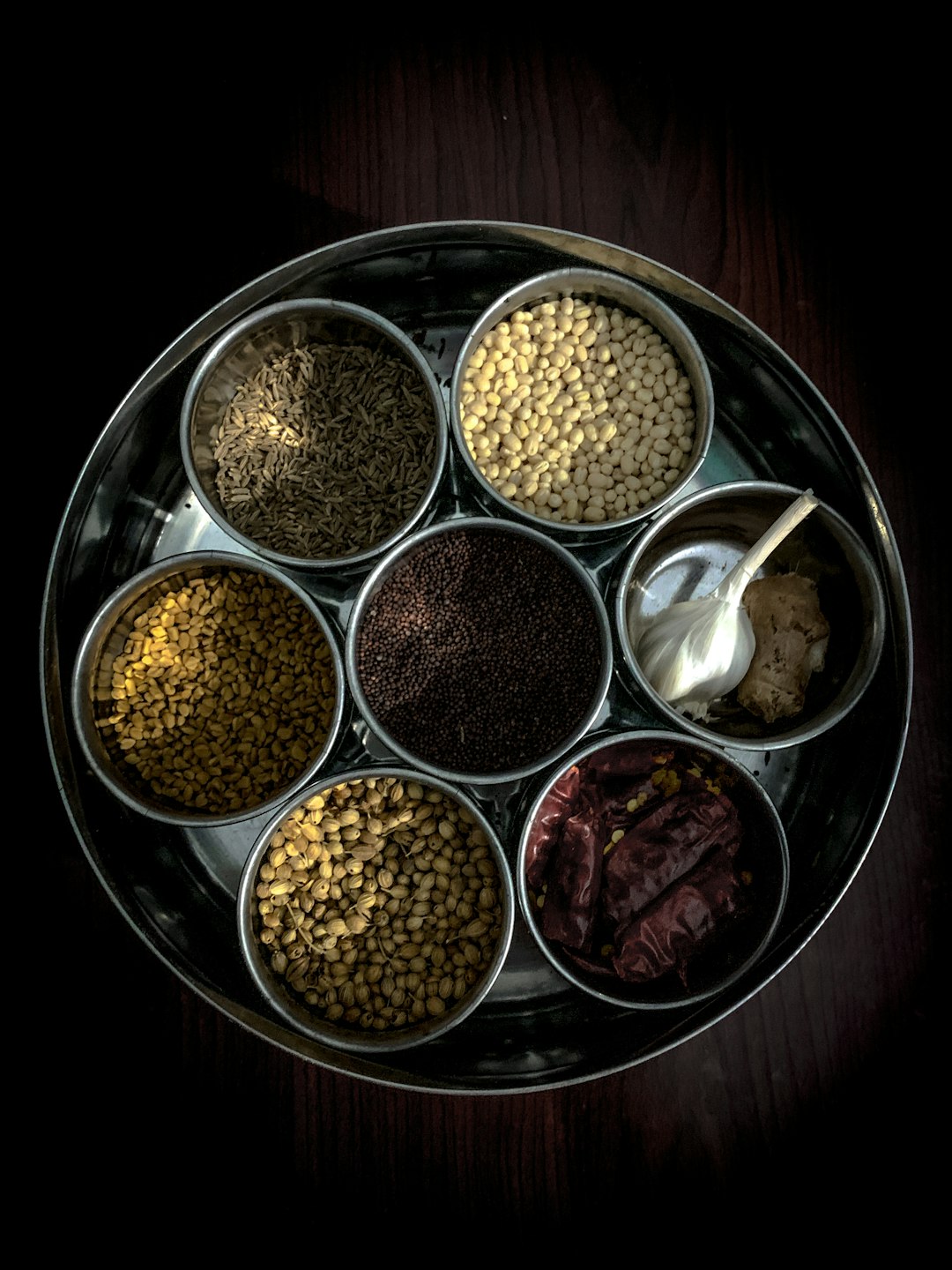
In my masala box - a round, steel box with seven small cups in which I store my most frequently used spices - turmeric, cumin and mustard seeds have a permanent home. And the tiny curry leaf plant growing in my backyard is my pride and joy (mostly because it took four dead curry leaf plants to get here!)
On most days, if I’m cooking something off the top of my head, all five of these spices will find a home in my saucepan. Yes, even when I make spaghetti!
Start simple with just cumin and mustard
You can use cumin in two ways. Use the whole seeds in a tadka - the act of blooming spices in hot oil to extract flavour - for a nutty texture. Or, dry roast the seeds and grind them into a powder. Cumin’s a hot favourite in spice blends, and you’ll find it in garam masala and chaat masala, where it adds a warm and earthy flavour.
Because cumin is supposed to be great for digestion and we eat rice almost daily, I love spluttering cumin seeds in hot ghee and drizzling it on my freshly steamed rice.
Compared to cumin, mustard seeds have a pungent and slightly sweet flavour. The less pungent yellow mustard is often used in Bengali cooking while the tinier, more pungent black mustard seeds are used widely. They particularly shine in simple preparations like Cabbage Thoran, Meen (fish) Moilee and Gujarati Mustard Potatoes where we use just 3-5 spices.
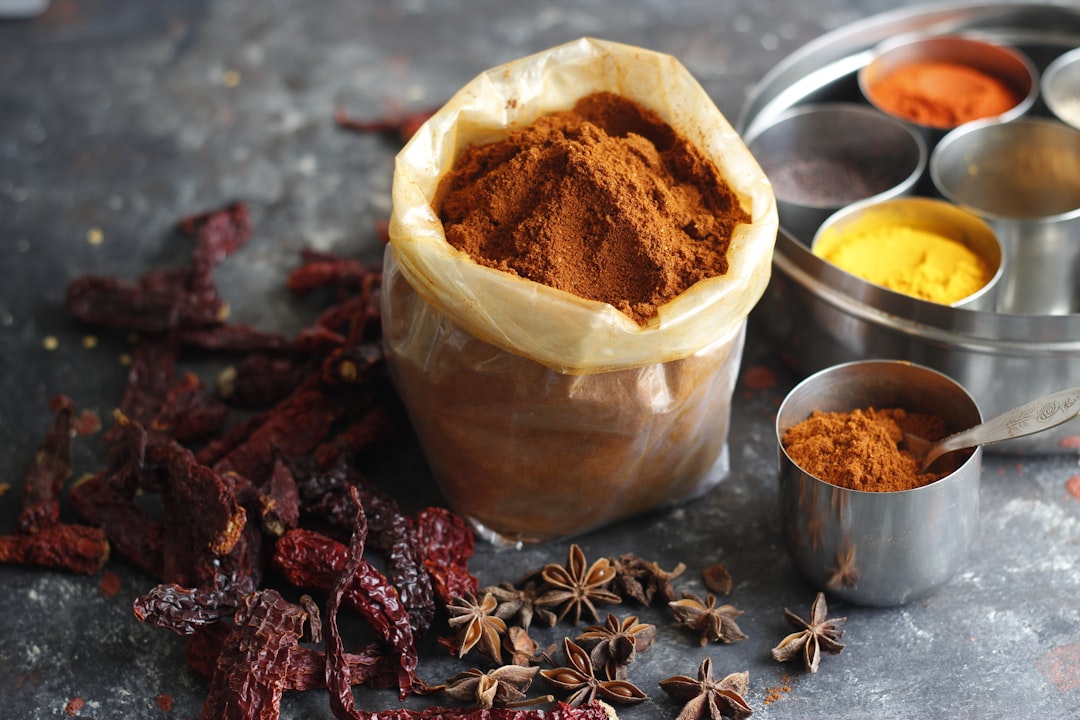
Turmeric and garlic will add colour and oomph
You may know turmeric from its new identity as an anti-inflammatory ‘super food’.
But Indians have been using turmeric for millennia to keep illness at bay. As a child, whenever I stayed overnight at my granny’s house, I was forced to drink Haldi Doodh. What you know now as Turmeric Latte
These days I mostly use turmeric’s bright yellow to brighten up my vegetables and curries. A teaspoon is all you need for a pleasantly bitter, earthy flavour. I add it everywhere, from my potatoes to my dahl and to my roast chicken.
If you need more oomph in your food, pair the turmeric with garlic. I’m not referring to the crusty, dry garlic powder you see in supermarket aisles.
In an Indian kitchen, garlic is mostly used whole, thinly sliced or as a paste. I’ll often find myself sauteeing onion and adding in ginger-garlic paste before I’ve even decided what I’m cooking! In Northern Indian cuisine, raw garlic is usually used as a base for curries and in meat marinades. But, if you’re cooking a more Southern Indian dish, the garlic is left whole and added to the hot oil. This gives the garlic a more intense flavour and a crispy texture.
But, if you’re only picking one, choose curry leaves
Curry leaves have a slightly bitter and aromatic flavor. Don’t confuse them with the British invention, curry powder.
Even today, if I smell a handful of fresh leaves they take me right back to my grandmum’s kitchen where the faint aroma of curry leaves floating in a curry was the signal that her Sunday fish curry was ready. You can either infuse them into a curry for a subtle aroma like you would kaffir lime or crisp them up in ghee before adding them to a chutney, raita or, whatever vegetable you’re cooking.
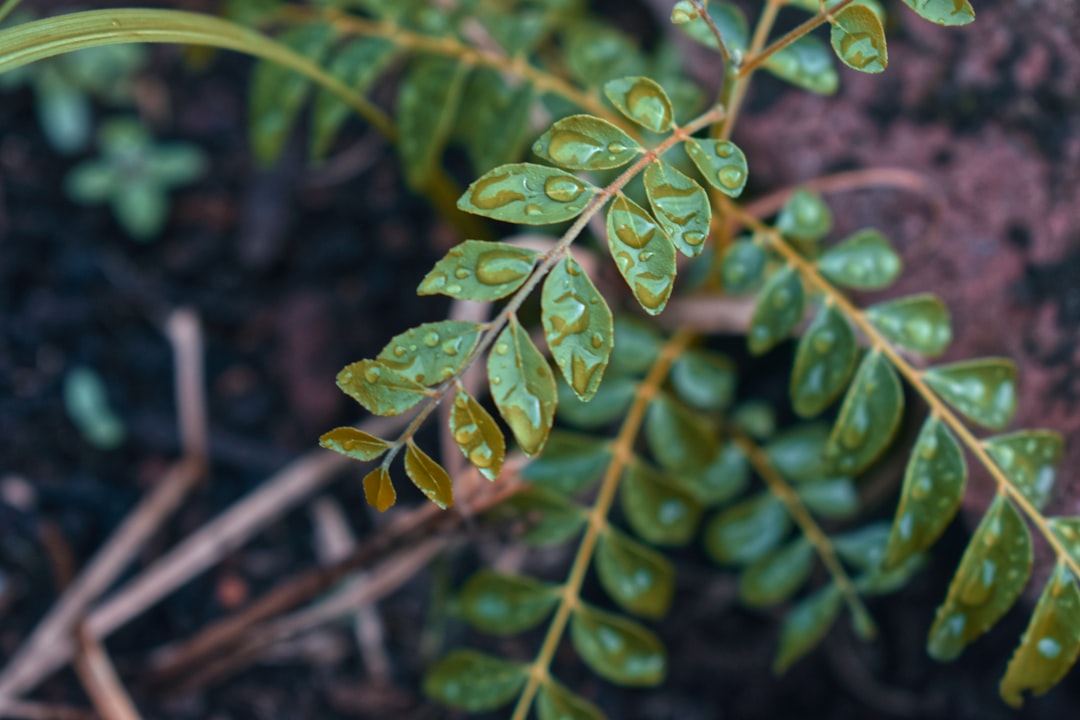
It’s my suspicion that the “Indian food is spicy” belief mostly comes from decades of takeaway joints classifying everything they serve as ‘mild’, ‘medium’ and ‘hot’. The truth is that no such chilli dial exists in India.
Starting simple with turmeric, mustard seeds, cumin, garlic and curry leaves will open your eyes to the depth and complexity simple spices can add to your food. And before long, you'll want to leave the salt and pepper club too!
Start your spice journey with a Spinach Tadka Dahl
It’s my strong belief that there’s dahl for every season and for every reason. A rich, creamy Maa ki Dahl for a wedding, a thin, bland toor dahl for when I’ve got a tummy bug. And a spinach tadka dahl when I need to use up some greens.
It comes together in 30 minutes, I suggest you start with this first.
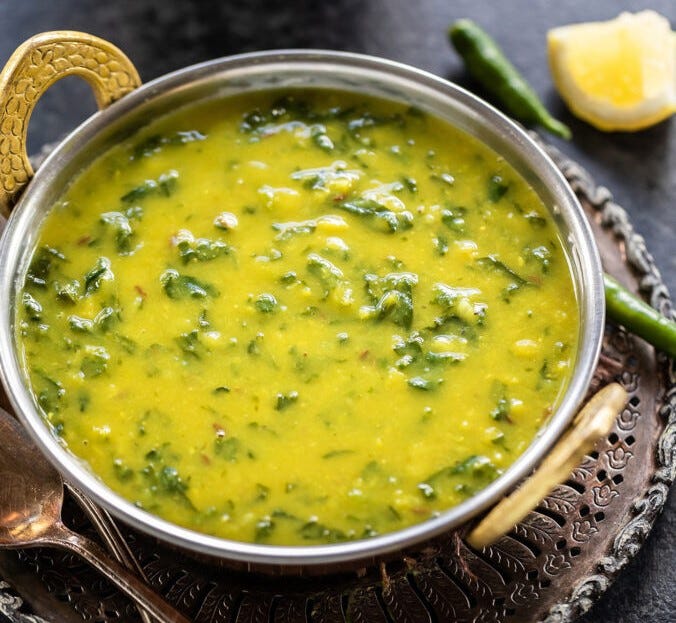
Soak some red masoor lentils and yellow mung lentils in a bowl of water. Slice up two handfuls of spinach. Now, heat ghee in a small pan. Add in a teaspoon each of cumin and mustard seeds. Finely slice a few garlic cloves and add them in. Fry until the garlic is crispy golden and saute in the spinach. Keep this aside.
Drain and wash your lentils. Empty the lentils into a saucepan and top with water until the lentils are fully covered. Mix in some turmeric and salt. Cook on high heat, adding water as needed until the dahl is 50% done. Mix in the spinach and add some more water. Keep the saucepan half covered and allow the dahl to slow simmer until the lentils are tender.
Enjoy the dahl with freshly steamed rice.
If you’re looking for a shortcut
Buy a bottle of our spiced ghee where the ghee comes infused with cumin, mustard seeds, curry leaves already. This way, you simply warm it up and then add it the garlic and your greens. It’s a great way to cut down the shopping list, especially while you’re still new to spice.
A special thanks to
, , and for their generous feedback in helping me find my shiny dime with this essay.

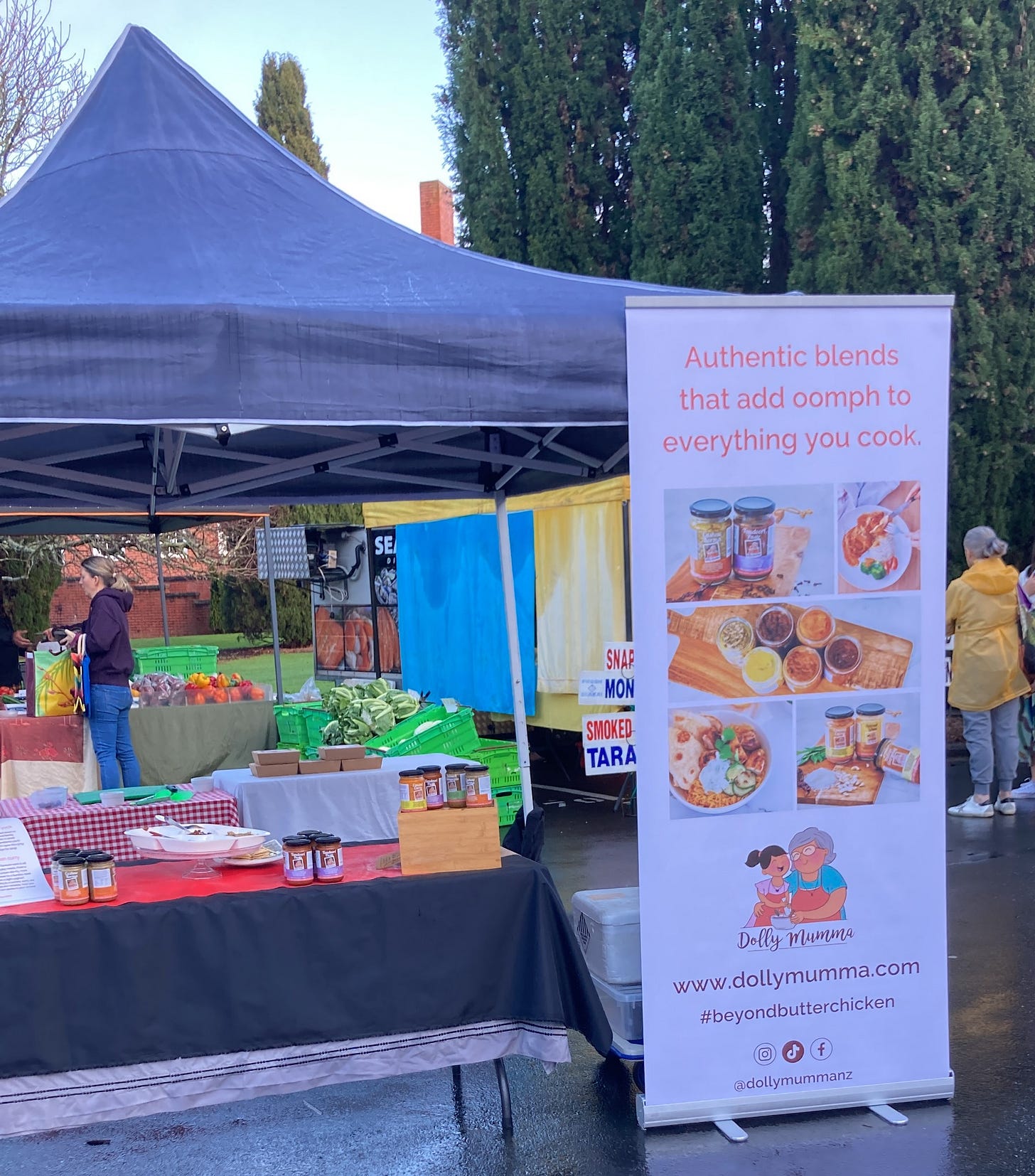

All of these images look so delicious Perzen. Your writing makes me want to go cook (and to plant a curry tree in our yard).
I always smile, kind of sadly, when my parents say "I don't like curry." My wife is Sinhalese, and we've known each other for close to 25 years, yet they refuse to even acknowledge that they don't know what curry is, nor have the tried it, nor are they even the least bit curious about what her family's food traditions are. But we eat a lot of sinhalese food in our house.
Although I must say, Sinhalese food is SPICY.
Lovely essay
I think many people are missing out on great food and amazing flavours because of their irrational fear of 'spicy foods'.